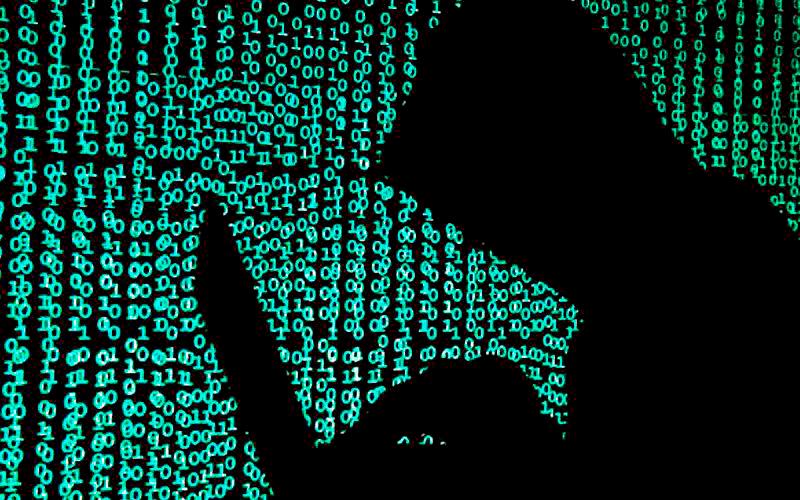MORE than 1,100 years ago, Muhammad ibn Musa al-Khwarizmi was developing mathematical formulas that we know today as algorithms, which now have become so intertwined with the business fortunes of global media giants and the very fabric of geopolitics.
A series of recent high level international reports have revealed pockets of Coordinated Inauthentic Behaviour in the realm of social media and the cyber domain. While the international reports highlighted their existence, they stop short of explaining their impact on the various populations.
The rise of an even more sophisticated form of activity has emerged – cyber-social attacks which brings together a generation of knowledge in cyber incursions, coupled with the latest developments in social media manipulation. These aggressive, malicious and targeted attacks have left crisis response teams in the business and political worlds with their heads spinning.
The Crisis Management Centre issued a report stating that there were massive levels of manipulation related to food security issues in Malaysia over a six-month period earlier this year. In excess of 40% of comments generated came from thousands of disingenuous or fake social media accounts. The immediate impact was the shift in sentiment to manipulation of discussions from issues around the poultry industry and food-based inflation. The ripple effects may be far more sinister.
Ironically, many social listening tools are unable to clear out the noise, creating a scenario where communications and social media teams work hard to show that they have turned the narrative and sentiment around but were in fact fighting shadows.
Public listed companies are partially susceptible to manipulation during a crisis because shareholders, both institutional and retail, have an ear to the ground, and a browser history will inform algorithms that a person is interested in a specific counter. In some cases, the impact can be seen in just minutes or hours as a share price drops because people dumped the stock on the back of “negative” news.
Yet, more dangerous scenario exists where threat actors know that reports will make it to policymakers, so they artificially manipulate the social media landscape in a way that causes decision-makers to make decisions on an “angry” public response, but the real beneficiary may be a business interest group or a country. This can be expected ahead of the elections.
This has been the stock-in-trade for many public diplomacy efforts across the region on a variety of key issues impacting trade and regional security matters alike. All this is made possible by the complex algorithms employed by media platforms designed to drive behaviours that drive profits.
The challenge and the opportunity remain – decision-makers are grappling with the DNA of the business models of media companies while trying to manage a critical issue and effective communications.
Falsifying information in the mind of an adversary is straight out of Sun Tzu’s Art of War. It has now just become more sophisticated. This could explain why many decisions while well intended missed the mark in terms of reading the situation.
“Wagging the Dog” now becomes old hat if there is no need to shift public perception but just the perception of a public as represented in a social media report given to a decision-maker.
Thus, we see too many leaders faced with a “Death by a thousand algorithms”, and the imminent reality of the next election will be no exception.
Nordin Abdullah, Founding Chairman, Malaysia Global Business Forum. Comments: letters@thesundaily.com










